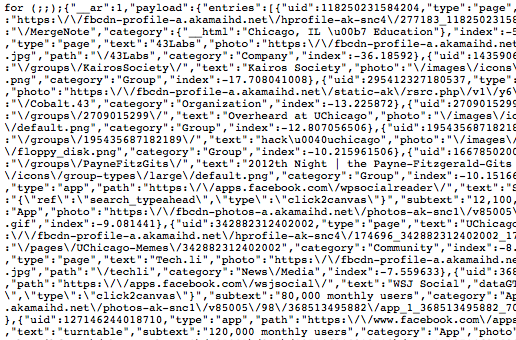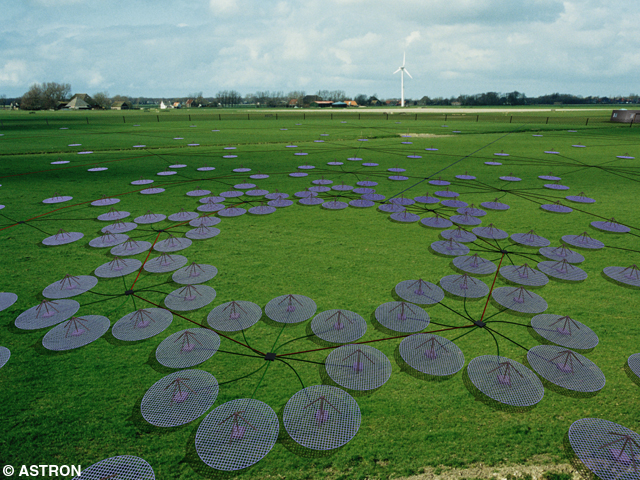 Google+ rolled out a host of design changes this week, with more planned for the near future. The company is framing the modifications, though, in terms of an overhaul across a range of Google products. “A critical piece of this social layer is a design that grows alongside our aspirations,” wrote senior vice president of social business Vic Gundrota in a blog post. “So today we’re introducing a more functional and flexible version of Google+. We think you’ll find it easier to use and nicer to look at, but most importantly, it accelerates our efforts to create a simpler, more beautiful Google.” Most visibly, the navigation bar – which has now been termed a “dynamic ribbon” – has been moved to the left side of the page, and apps listed on it can be rearranged or hidden. Hovering over some apps brings out a menu of “quick actions,” in a more operating system-like functionality. The changes will also smooth out conversations on the site, in a possible nod to Gmail’s discussion-oriented layout, which was revolutionary at the time. Video chat service Hangouts will also be updated, with a slicker social focus and a dedicated page. In a layout sense as well as in terms of functionality, the changes serve to differentiate the service from Facebook, which drew some criticism for its close resemblance to that site. Changes that emphasize gaming, apps and live interaction are probably calculated to keep users on the site for longer periods of time, as it becomes clear that membership is growing while user engagement remains low and stagnant. Google debuted the Google+ social network last summer, as part of a company-wide reorientation toward social media that has intensified their rivalry with other major social players. In the spirit of that unrelenting social thrust, Gundotra directed the changes back at Google users and their social networks – in spite, some critics might charge, of Google+’s failure to gain significant market traction over rivals Facebook and Twitter. “By focusing on you, the people you care about, and the stuff you’re into, we’re going to continue upgrading all the features you already know and love–from Search and Maps to Gmail and YouTube,” Gundotra wrote.
Google+ rolled out a host of design changes this week, with more planned for the near future. The company is framing the modifications, though, in terms of an overhaul across a range of Google products. “A critical piece of this social layer is a design that grows alongside our aspirations,” wrote senior vice president of social business Vic Gundrota in a blog post. “So today we’re introducing a more functional and flexible version of Google+. We think you’ll find it easier to use and nicer to look at, but most importantly, it accelerates our efforts to create a simpler, more beautiful Google.” Most visibly, the navigation bar – which has now been termed a “dynamic ribbon” – has been moved to the left side of the page, and apps listed on it can be rearranged or hidden. Hovering over some apps brings out a menu of “quick actions,” in a more operating system-like functionality. The changes will also smooth out conversations on the site, in a possible nod to Gmail’s discussion-oriented layout, which was revolutionary at the time. Video chat service Hangouts will also be updated, with a slicker social focus and a dedicated page. In a layout sense as well as in terms of functionality, the changes serve to differentiate the service from Facebook, which drew some criticism for its close resemblance to that site. Changes that emphasize gaming, apps and live interaction are probably calculated to keep users on the site for longer periods of time, as it becomes clear that membership is growing while user engagement remains low and stagnant. Google debuted the Google+ social network last summer, as part of a company-wide reorientation toward social media that has intensified their rivalry with other major social players. In the spirit of that unrelenting social thrust, Gundotra directed the changes back at Google users and their social networks – in spite, some critics might charge, of Google+’s failure to gain significant market traction over rivals Facebook and Twitter. “By focusing on you, the people you care about, and the stuff you’re into, we’re going to continue upgrading all the features you already know and love–from Search and Maps to Gmail and YouTube,” Gundotra wrote.
Vic Gundrota: Google+ Redesign Is Simpler, More Beautiful
By Techli
12 abril, 2012








